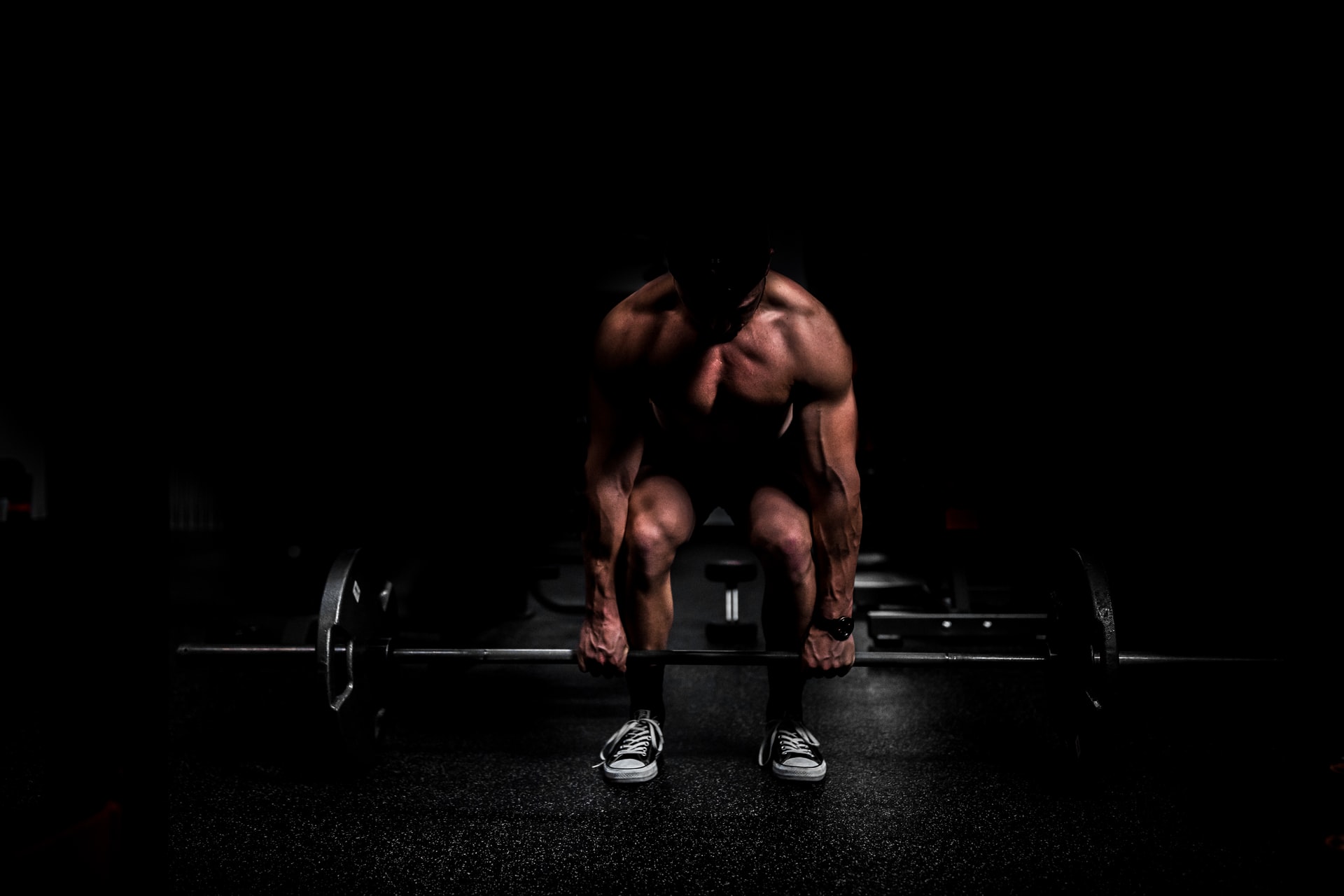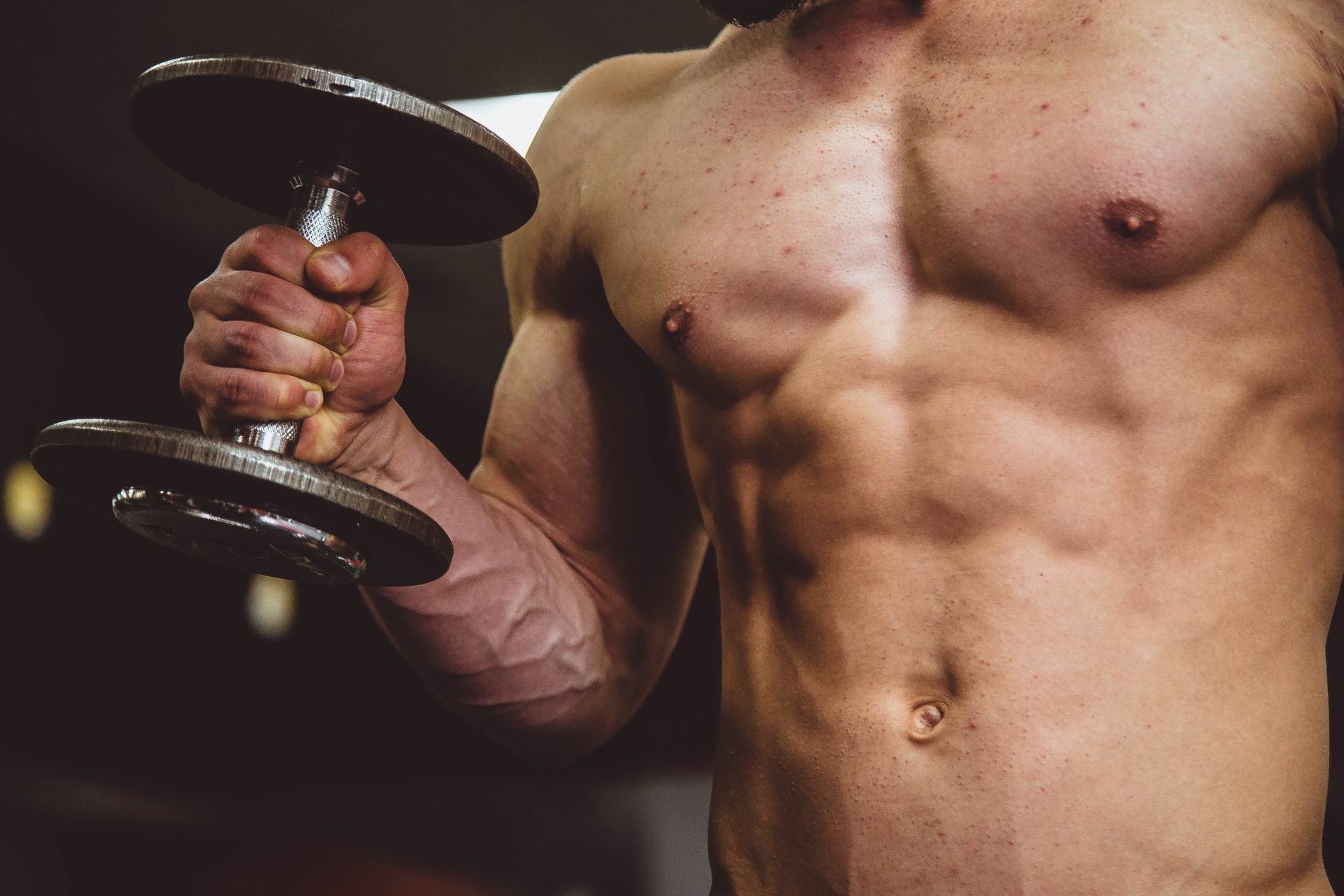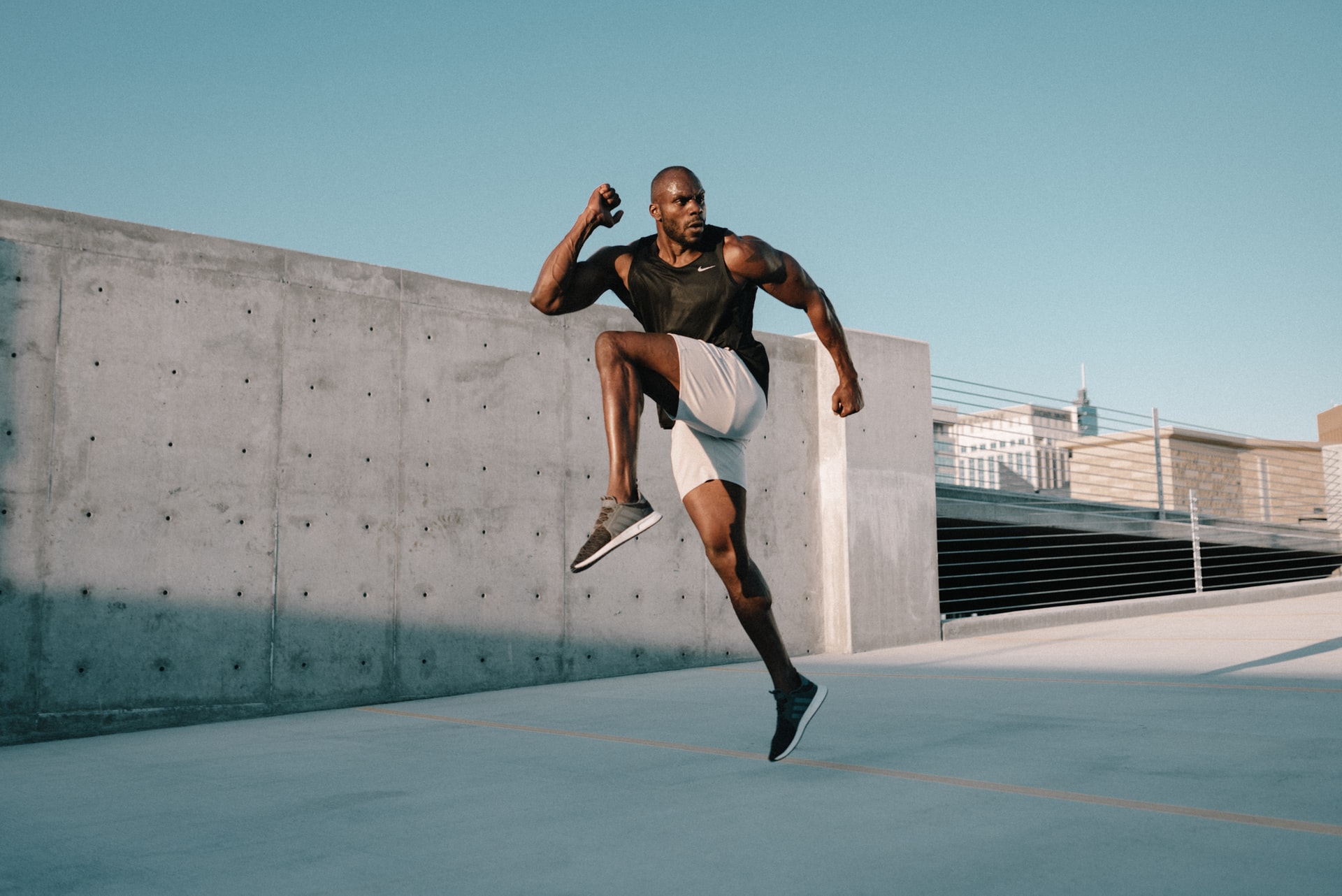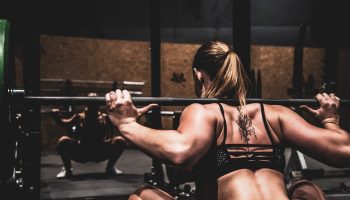Coaches, managers, parents, and peers of athletes, as well as the athletes themselves, are concerned about steroid use in sports.
Although steroids can improve one’s performance, they can have negative side effects, and athletes may develop dependency and even addiction as a result. Simply put, sportsmen that use steroids-usa are taking an unethical route. While steroids may provide an unfair edge and a temporary performance boost, people who use them set themselves up for failure in multiple ways.
This article will provide you with information on:
- Steroids and their Negative Consequences
- Steroid usage in sports is very common.
- The telltale signs of steroid usage
- Solutions for intervention
What Are Steroids and How Do They Work?
Steroids are man-made hormones that mimic hormones produced naturally by our bodies during puberty or in response to stress. Anabolic steroids, also known as anabolic-androgenic steroids, simulate male sex hormones. Anabolic refers to the process of gaining muscle mass, whereas androgenic alludes to male sexual qualities. Anabolic steroids are the most common type of steroid used by athletes.
When people think of steroids, they usually think of anabolic steroids, however, the phrase can also refer to corticosteroids. The corticosteroid hormones released by the body’s adrenal glands in response to stress are imitated by these steroids. Other performance-enhancing drugs (PEDs) that are sometimes wrongly referred to be steroids are also available (more on this below).
Steroids Have Valid Medical Applications
Steroids were developed in the 1930s and 1940s by chemist Percy Lavon Julian and other scientists for legitimate medical purposes. Anabolic steroids are prescribed for the following purposes:
- People healing from a significant sickness or injury, or those suffering from an infection, may gain weight.
- Anemia treatment for certain types of anemia
- Breast cancer treatment for some types of breast cancer
- Hereditary angioedema is a condition that produces swelling in many regions of the body and can be fatal.
- In addition, corticosteroids are utilized to treat inflammatory parts of the body. This includes allergy treatment, asthma treatment, arthritis treatment, and skin disease treatment.
 Performance Enhancing Drugs vs. Steroids (PEDs)
Performance Enhancing Drugs vs. Steroids (PEDs)
Performance enhancing drugs (PEDs) comprise a variety of “anabolic agents,” such as anabolic steroids and steroid precursors, as well as nutritional supplements, stimulants, and other agonists, such as human growth hormone, according to the medical journal Pediatrics in Review. Steroids is a term that is occasionally used to refer to all performance-enhancing substances. While steroids are indeed PEDs, PEDs are not usually steroids.
PEDs are also becoming more popular, according to Pediatrics in Review. According to one survey, 3.3 percent of high school students acknowledged to using anabolic steroids, while another study indicated that 8% of females and 12% of boys admitted to using PEDs to increase muscular growth, appearance, or strength.
Anabolic steroids, when combined with strength training, stimulate muscle growth in the user, prompting some sportsmen to use them incorrectly to boost performance. Users can observe strength gains ranging from 5% to 20%, according to Pediatrics in Review. As a result, some sportsmen favor anabolic steroids, giving them a higher ranking among PEDs. Anabolic steroids are scientifically and subjectively proved to boost strength, whereas other PEDs are less so.
Unfortunately, many athletes are unaware that anabolic steroids have a number of negative side effects.
Steroids’ Negative Effects
The following are some of the negative impacts of anabolic steroid abuse:
- Acne is becoming more common.
- For men, breast growth, shrinking testicles, a drop in sperm count, and an increased risk of prostate cancer are all factors to consider.
- Deeper voice, reduced breasts, facial hair growth, male-pattern baldness are all signs of male-pattern baldness in women.
- Adolescents’ growth is stunted.
- Hypertension
- Complications of the heart, changes in cholesterol levels, and an increased risk of heart attack and stroke are all factors to consider.
- Liver disease and cancer are more likely to occur.
- Damage to the kidneys
- Aggression, sadness, and suicide ideation are all on the rise.
The most serious side effects appear after a long period of steroid use. Athletes who abuse them are putting their health at jeopardy only to win a game or gain a few pounds.
Are Steroids Illegal in the United States?
Anabolic steroids are a Schedule III banned substance in the United States, according to the Anabolic Steroids Control Act of 1990 and the Controlled Substances Act. Possessing anabolic steroids without a valid prescription from a doctor is unlawful.
Steroid misuse is similar to opiate abuse in that both have a genuine medical purpose and are lawful provided the user obtains a prescription, despite the fact that it is not as common. Contrary to popular belief, the legal position of opioids and steroids for valid medicinal purposes has aided in the spread of unlawful, non-medical drug usage.
Is It Addictive to Take Steroids?
Users of anabolic steroids may exhibit addicted behaviour, continuing to use the drugs despite negative side effects. When it comes to steroid addiction, “around 32 percent of those who misuse anabolic steroids become dependent,” according to the National Institute on Drug Abuse (NIDA).
The NIDA hasn’t been able to quantify how many steroid users develop a substance use problem because dependency isn’t the same as addiction. In this scenario, though, reliance resembles addiction. Users frequently spend outrageous sums of money on steroids and have trouble stopping due to issues such as sadness and anxiety. The athlete’s anxiety and sadness are exacerbated by the fact that steroid use is linked to their competitive performance.
If a steroid user develops a dependency and stops using the substance, they may experience withdrawal symptoms. Fatigue, restlessness, lack of appetite, difficulty sleeping, decreased libido, and a yearning for the substance are some of the withdrawal symptoms. Users may become reliant because they do not want to go through withdrawal, in addition to the unpleasant psychological effects of quitting.
Professionals with training in healthcare management are at the forefront at addiction treatment clinics and hospitals that help steroid users overcome dependence and adverse side effects, as concerned individuals seek to intervene on behalf of those who acquire steroid dependent.
Because some players strive to win or ascend to the top at all costs, steroid usage is common in the sports world. Professional athletes who abuse the substances worsen the problem. According to Pediatrics in Review, there was a “sharp reduction” in the perception of risk associated with steroid use among adolescents between 1998 and 2000; this decline could have been “linked to professional athletes’ use of performance-enhancing steroids.”
Adolescent steroid use increased at an alarming pace from 2.7 percent to 6.1 percent between 1991 and 2003. The National Institute on Drug Abuse estimated that over half a million eighth and tenth graders were using anabolic steroids in 2004. Furthermore, steroid use was recorded by 1,084,000 individuals, or 0.5 percent of the population. Steroid usage is particularly widespread among athletes who play football, baseball, and basketball, as well as wrestlers and gymnasts, according to Pediatrics in Review.
“The amount of athletes that abuse anabolic steroids is unknown,” according to the New York State Department of Health, when it comes to steroids and sports. Despite the fact that all of the major professional sports leagues test players for steroids, some athletes find a method to get past the laws. Although every player in the NFL is tested at least once a year, an anonymous poll of 2,552 retired players indicated that 16 percent of offensive linemen and 15% of defensive lineman had used performance-enhancing drugs (it’s unclear whether they used anabolic steroids).
Advantage in the Market
Athletes who use anabolic steroids do so because they believe they would get a “competitive advantage and/or improve their physical performance,” according to the Drug Enforcement Administration (DEA). While steroids do enhance muscle growth when used in conjunction with a training routine, there is no evidence that they provide a competitive edge.
Many of the greatest athletes in the world have never tested positive for steroid use. These athletes, their coaches, and their trainers understand that a competitive psychological advantage is more important than physical strength. This is due in large part to the fact that PEDs have no influence on problem-solving abilities, strategic thinking, or game intelligence – all of which are crucial intangible elements that contribute to victory.
 Image of the Body
Image of the Body
Muscle dysmorphic disorder (MDD) causes some sportsmen to misuse steroids in an attempt to “bulk up.” MDD is a kind of BDD that causes unhealthy conduct. MDD is caused by our natural desire to compare oneself to others. The fiercely competitive nature of sports can exacerbate this predisposition for some athletes.
Athletes with MDD are more likely to follow unconventional diets high in protein and performance-enhancing substances, abuse steroid, overexert themselves in the gym, and engage in other maladaptive psychological behaviors.
Steroid Use Symptoms
It’s critical to notice the indicators of steroid abuse if you’re a professional or personal friend of an athlete. Being aware of these warning indicators can assist concerned parties in intervening and assisting the athlete in overcoming steroid addiction.
Effective intervention makes a difference not just in the athlete’s life, but also on the field, in the court, and in the ring. The competition will be fairer and the picture of natural muscle mass will be more accurate if fewer participants utilize steroids. It’s all about providing a positive example for the next generation.
Whether you’re a coach, a family member, or a friend, the indicators you’ll see will vary based on your interactions with someone who may be taking steroids.
Home Symptoms of Steroid Abuse
When someone abuses steroids for a long time, there will always be changes at home. Look for indicators of steroid usage and get help before the abuser’s family life becomes irreparably damaged.
- Sudden mood swings and “roid anger,” characterized by a proclivity for violence
- Acne breakouts, especially on the shoulders and back
- Hyperactivity and paranoia are on the rise.
Rapid weight increase (particularly in men’s breast tissue) and muscle accumulation (if they’re working out)
These telltale indicators of steroid addiction may be hidden from you by a steroid abuser. If you suspect they’re abusing steroids, keep an eye out for other indicators of steroid usage that may emerge over time:
- Hair that is oily, skin that is oily, and poor breath
- Hair loss in women – look for excess hair in the bed, on the comb, or in the shower.
- Other skin issues such as abscesses and cysts, as well as jaundiced, yellowing skin
- A significant rise in appetite or a significant decrease in appetite
- Pain in the inner joints and stretch marks
- Sleeping patterns have been disrupted.
Bloating of the face and body, nocturnal sweats, and urination problems are all symptoms of this condition.
Behavioral changes: more abusive, disrespectful, secretive, and distant; efforts to conceal acne and other outward indicators; significant changes in relationships Loses focus more frequently, forgets priorities other than sports and exercise
Sports Signs of Steroid Abuse
- Look for the following signs if you’re a coach, trainer, or management trying to figure out whether someone is using steroids:
- The lats, trapezius, pectorals, deltoids, and upper arm muscles grow unusually quickly.
- Abusers may try to disguise testicular shrinkage in the locker room.
- A fat-free-mass-index (FFMI) greater than 25, with a value of 26 or 27 being the most suspect.
- Exceedingly high levels of aggression
- For men, gynecomastia (breast tissue growth); for women, reduced breasts.
- Women’s hair loss
Professional leagues and the NCAA undertake urine tests because it might be difficult for individuals involved in sports programs to recognize steroid usage. Drug testing is vital for programs in part because it ensures that those in sport business management can do their jobs with complete trust.
Steroid Abuse in the Classroom
The hustle and bustle of school makes it difficult for teachers to detect steroid misuse among children. Friends, peers, instructors, and counselors should be on the lookout for the following signs:
- Irritability and hostility appear out of nowhere.
- Depression
- A rapid drop in the standard of schoolwork
- Secretiveness and paranoia are on the rise.
- In-class sleeping
- Concentration and focus problems
- Poor decision-making abilities owing to “invincibility feelings” (According to the Taylor Hooton Foundation)
A student who utilizes steroids may get into more fights at school as a result of the increased anger. Simultaneously, their grades are likely to suffer as a result of their focus on physical appearance and/or sports rather than study.
How to Approach Someone Abusing Steroids
The next step is to speak with the person who you suspect is utilizing steroids. This can be done in a group setting, but it doesn’t have to be; a one-on-one conversation can be just as powerful. Finally, it is up to them to either resign or suffer the consequences. This debate, on the other hand, may serve as a catalyst.
You’ve already taken the first step by trying to figure out why they’re using steroids. Don’t make any assumptions; instead, tell them what you’ve noticed and convey your concern. Make it clear that you are aware of their situation. Regardless of whether they win games or appear to be powerful, let them know how much you care about them. Let them know you’re there for them, but you won’t be able to help them if they’re relying on you for money or anything else that keeps them dependent. Be willing to assist them in finding a therapist or a trusted someone who can keep their information private and assist them in getting off the drug. When it comes down to it, you may need to advise them about the physical issues you’ve discovered are caused by steroid addiction.
Get an insider’s perspective on anabolic steroid misuse and use it to inform your conversation if it helps. The steroid abuser will also benefit from the viewpoint of someone who has abused steroids and learned why it is such a horrible decision.
 Treatment for Steroid Addiction
Treatment for Steroid Addiction
Addiction treatment may be required in some circumstances to resolve a steroid overuse problem. Meetings with a psychologist, endocrine therapy to restore normal hormone levels, and other pharmacological treatments may be used to treat steroid abuse.
The NIDA states that roughly 56 percent of steroid abusers never tell their doctor about their usage, probably because they don’t believe the doctor is educated.
When it comes to treating anabolic steroid addiction, the journal Drug and Alcohol Dependence reports that cognitive-behavioral therapy has been shown to be effective in multiple studies for treating body dysmorphia, and serotonergic antidepressants may be beneficial for both muscle dysmorphia and depression caused by steroid withdrawal.
Synthetic hormones like human chorionic gonadotropin or clomiphene, which are administered by an endocrinologist and assist treat hypogonadism, might be included in an inpatient detox program (the diminished production of testosterone). For the recovering addict, psychiatrists may prescribe clonidine to help with anxiety, blood pressure, and muscular cramping.
Following steroid addiction, regular sessions with a psychologist can assist a person in overcoming the underlying insecurities that may have led them to abuse steroids in the first place. Behavioral therapists focus on teaching recovering addicts coping skills for when they’re tempted to relapse, as well as developing self-esteem and transitioning from a competitive to a self-care perspective.
Steroids Alternatives
Young people who wish to build muscle quickly frequently utilize steroids. Traditional muscle-building methods, such as a well-planned workout and a nutritious diet, are far safer. Regular exercise and excellent nutrition can help you gain muscle safely as an alternative to steroids.
When paired with a diet rich in protein, carbs, and healthy fats, high-intensity activities, such as CrossFit or high-intensity interval training for weight lifters, can help young athletes grow muscle.
Simply said, an athlete could fill their pantry and refrigerator with good foods and grow lean muscle and actual health for less than the cost of steroids. Steroids may produce short-term muscle growth, but a consistent training routine and appropriate eating habits will prepare the athlete for long-term success.






